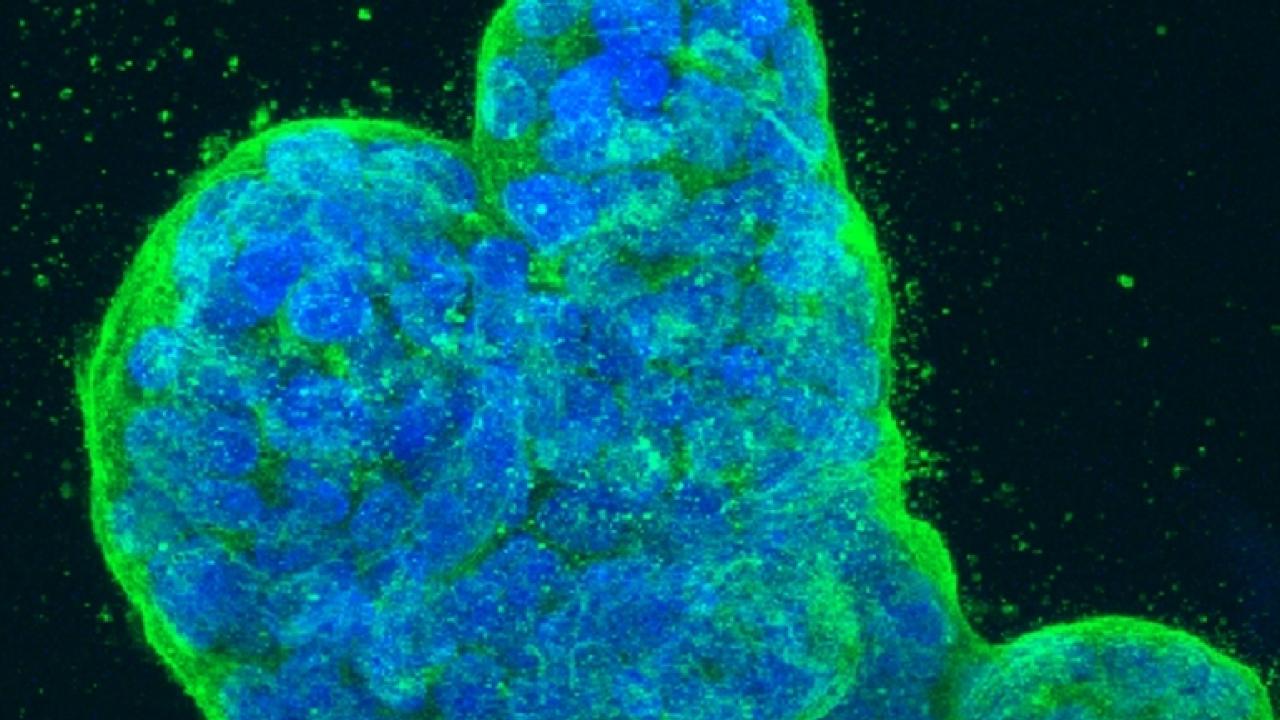
UC San Francisco scientists have designed a large-scale screen that efficiently identifies drugs that are potent cancer-killers when combined, but only weakly effective when used alone. Using this technique, the researchers eradicated a devastating blood cancer and certain solid tumor cells by jointly administering drugs that are only partially effective when used as single-agent therapies. The effort, a cross-disciplinary collaboration between UCSF researchers, is described in a study published April 9 in the journal Cell Reports.
When scientists developed the first targeted cancer therapies — drugs that interfere with specific biological circuits that cancer depends on for growth and survival — many thought they had finally cornered cancer. But cancer is a devastatingly clever disease that can outwit these precision medicines by “rewiring” itself to sidestep the circuits switched off by these drugs.
“Many cancers either fail to respond to a single targeted therapy or acquire resistance after initially responding. The notion that combining targeted therapies is a far more effective way to treat cancer than a single-drug approach has long existed. We wanted to perform screens with saturating coverage to understand exactly what combinations should be explored,” said UCSF’s Jeroen Roose, PhD, professor of anatomy and senior author of the new study.
Scientists have found that when they target two distinct circuits with two different drugs — each of which is inadequate on its own — the aggregate effect can be greater than sum of its parts. However, figuring out which drugs can synergize to kill cancer remains a challenge.
To demonstrate the power of their screening system, the scientists searched for targeted therapies that could join forces to kill an aggressive blood cancer called T cell acute lymphoblastic leukemia (T-ALL). Their hunt began with a drug that targets PI3K, an enzyme that promotes the growth of many cancers, including T-ALL. Though drugs that target PI3K already exist, the current crop of PI3K inhibitors can slow, but normally can’t kill, this type of cancer.
“Nearly 65 percent of T-ALL patients have hyperactive PI3K, but most patients will likely not be cured by single-drug treatments. We wanted to find drugs that would kill T-ALL when combined with a PI3K inhibitor,” said Roose, a member of the UCSF Helen Diller Family Comprehensive Cancer Center. To find those drugs, the researchers turned to RNA interference (RNAi) — a technique that allows scientists to massively reduce the activity of specific genes. The discovery of RNAi, which occurs naturally in all animals and plants, and is now widely used in research, was a major breakthrough that was recognized with the 2006 Nobel Prize in Physiology or Medicine.
“RNAi is sort of a magic bullet for targeting specific genes,” said Michael T. McManus, PhD, professor at the UCSF Diabetes Center and study co-author, who designed the screen with Roose. “Although there is a great deal of fascinating underlying biology that relates to RNAi, most scientists use it as a tool to ‘turn down the volume’ of a specific gene in a cell.”